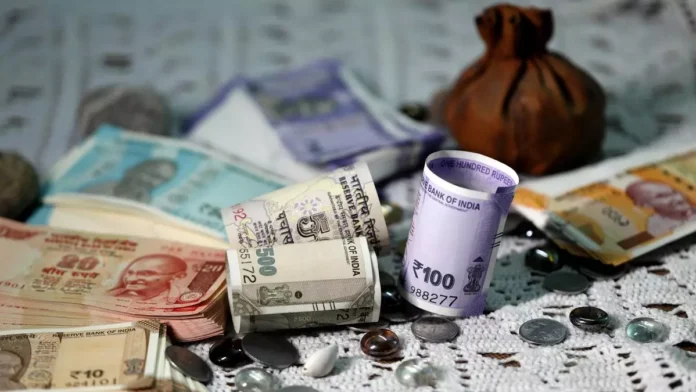New Delhi (India), January 5: India’s foreign exchange reserves have continued their downward trajectory, marking a third consecutive month of decline. As of the week ending December 27, the country’s forex reserves dropped by USD 4.112 billion, reaching a total of USD 640.279 billion, according to data from the Reserve Bank of India (RBI).
This marks a notable decline, with India’s reserves falling in 12 out of the past 13 weeks, hitting a multi-month low. The reserves had peaked at an all-time high of USD 704.89 billion in September, and since then, they have fallen by approximately 10 per cent.
The decline is largely attributed to the RBI’s intervention in foreign exchange markets, aimed at curbing excessive depreciation of the Indian Rupee. The latest RBI data reveals that India’s foreign currency assets (FCA), which make up the largest portion of the forex reserves, stood at USD 551.921 billion. Gold reserves were reported at USD 66.268 billion.
Despite the recent slump, India’s forex reserves are still sufficient to cover roughly one year of projected imports. In 2023, India added around USD 58 billion to its reserves, in contrast to a USD 71 billion decrease in 2022. In 2024, the reserves increased by over USD 20 billion, although this would have been higher had it not been for the recent decline.
Foreign exchange reserves are vital assets held by a country’s central bank or monetary authority, primarily in reserve currencies such as the US Dollar, along with smaller portions in the Euro, Japanese Yen, and British Pound. The RBI actively monitors the forex market, intervening to maintain market stability and mitigate excessive volatility in the Rupee’s exchange rate.
The RBI has been adept at managing liquidity by buying dollars when the Rupee is strong and selling when it weakens, contributing to the relative stability of the Indian Rupee, which has become one of the most stable currencies in Asia over the past decade.


